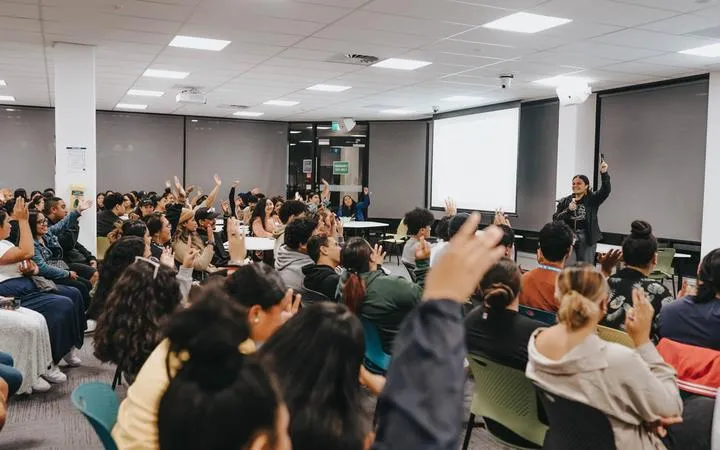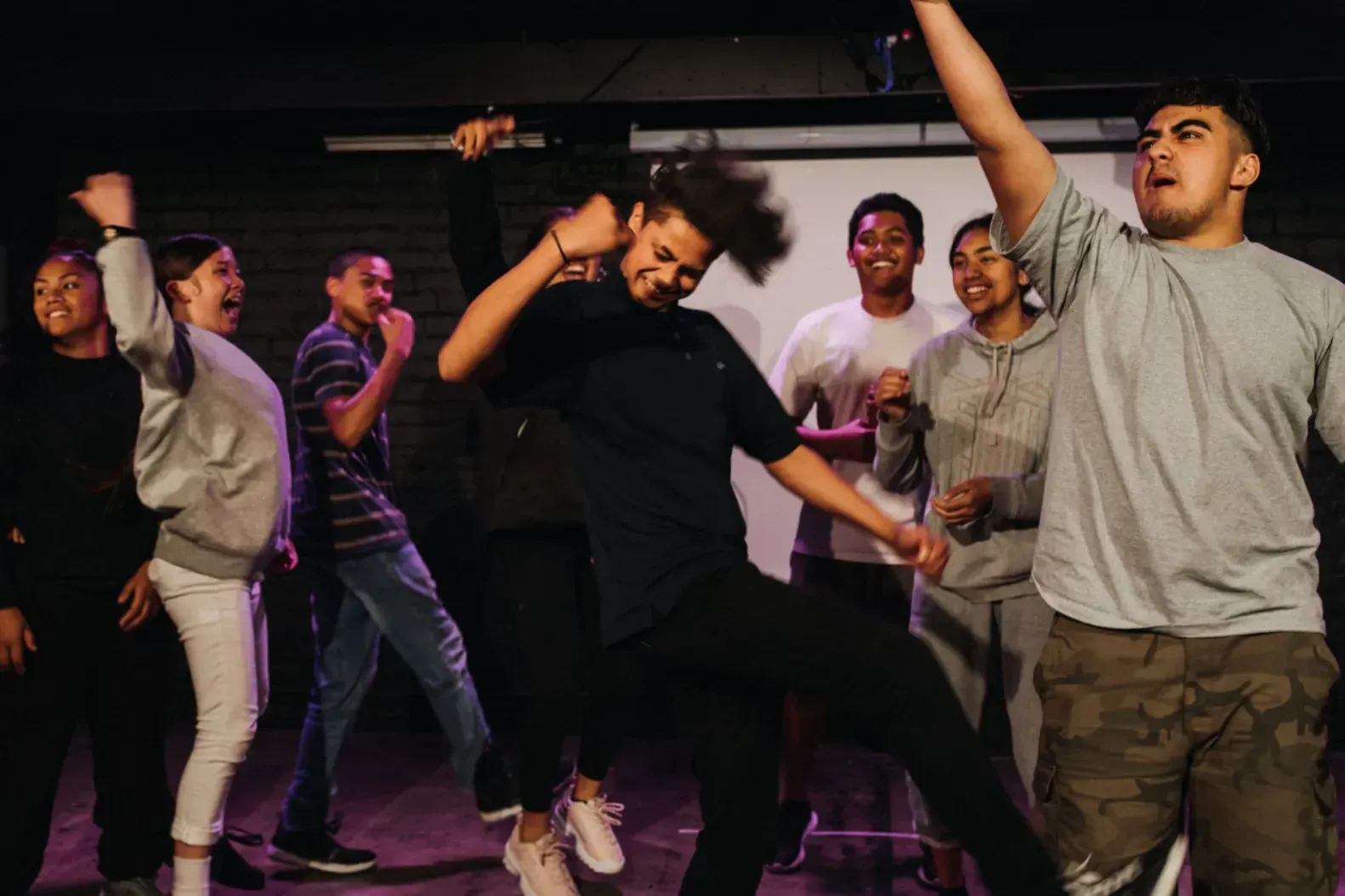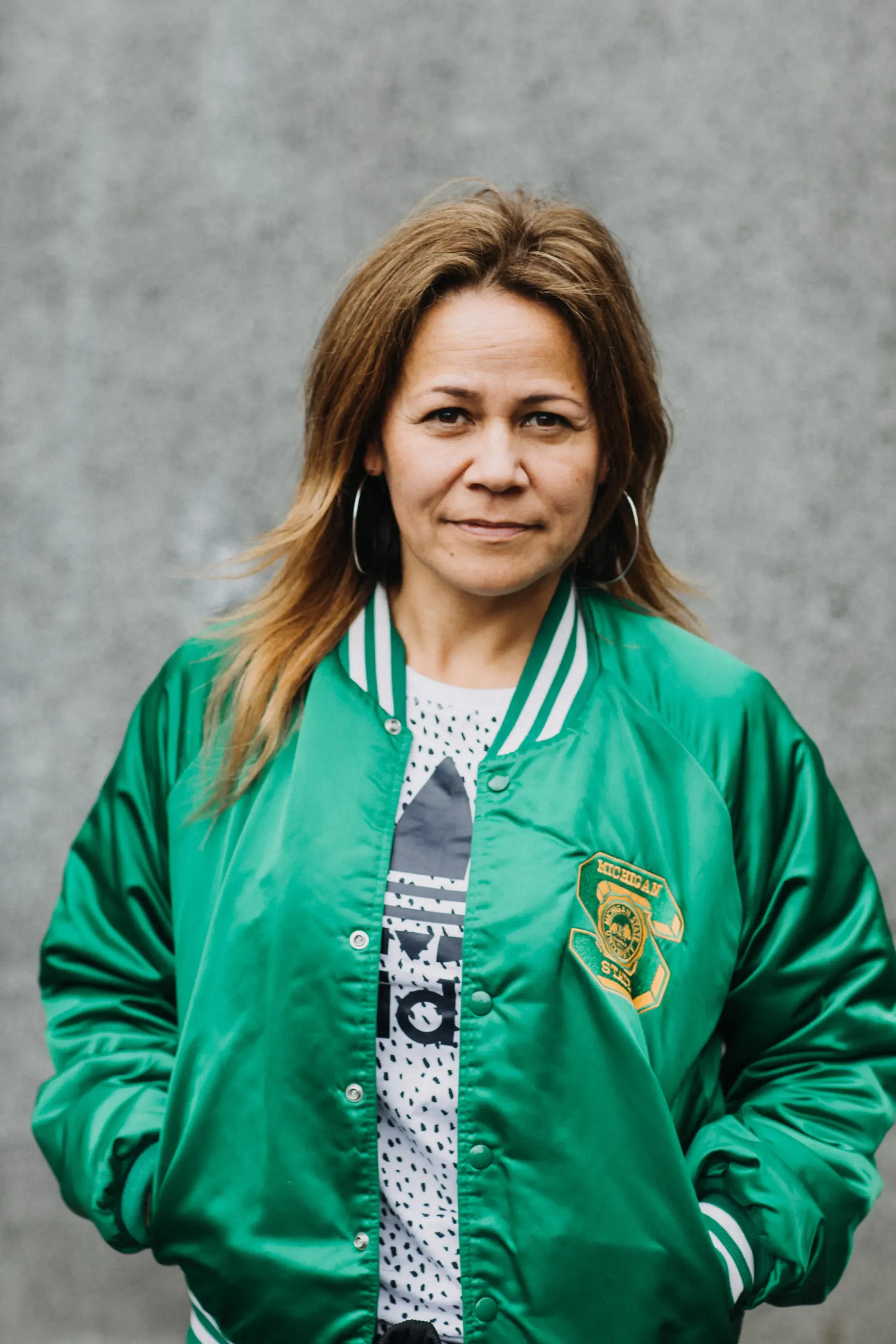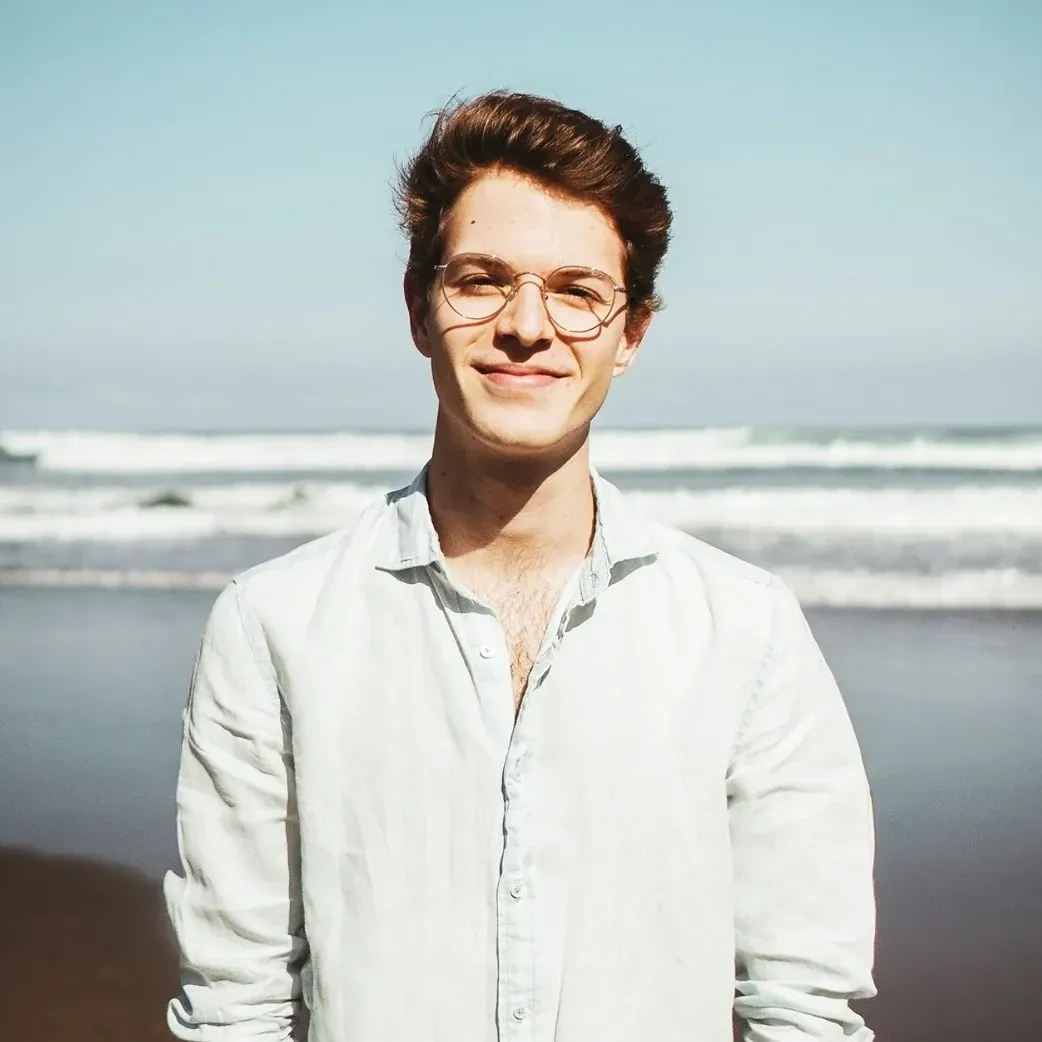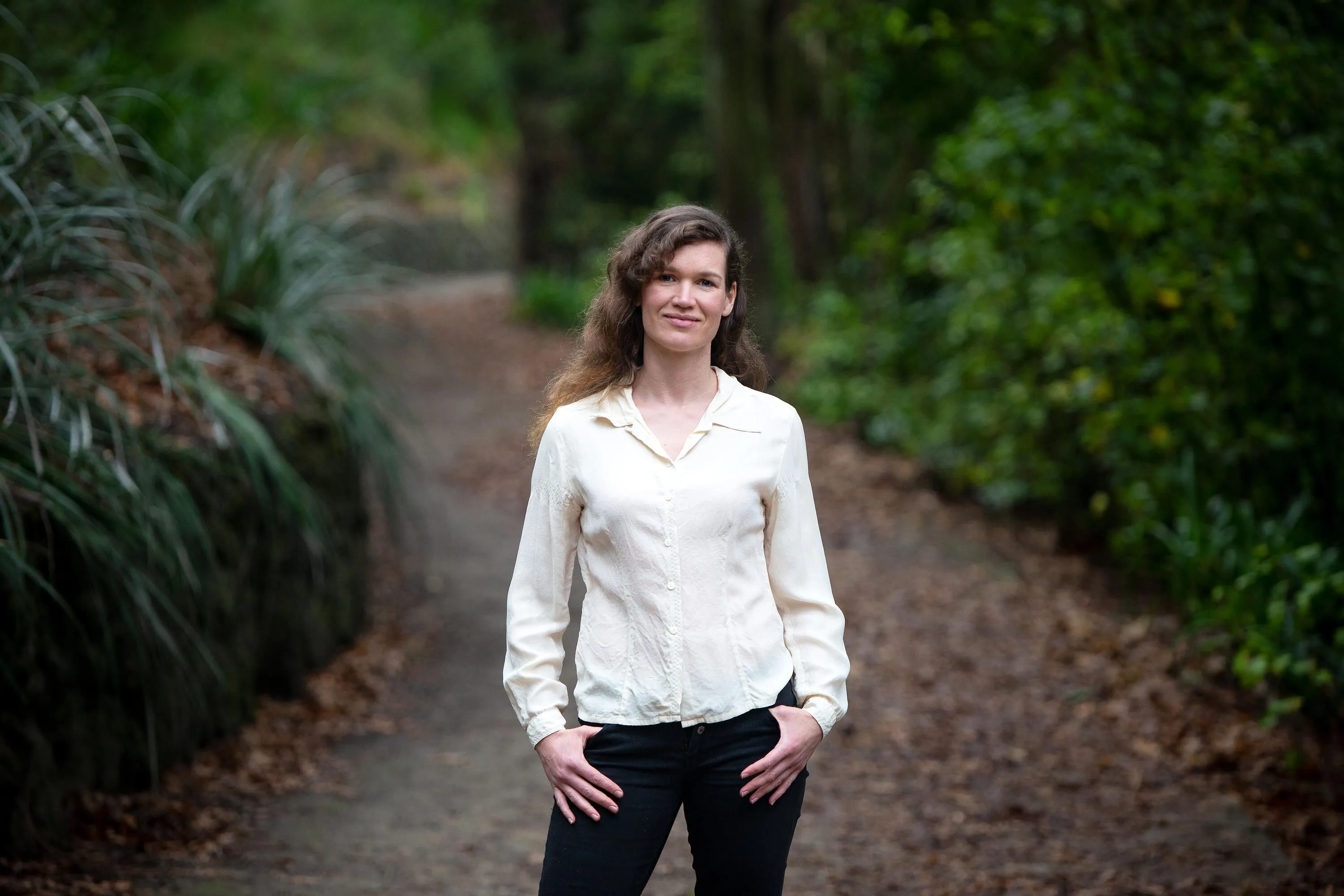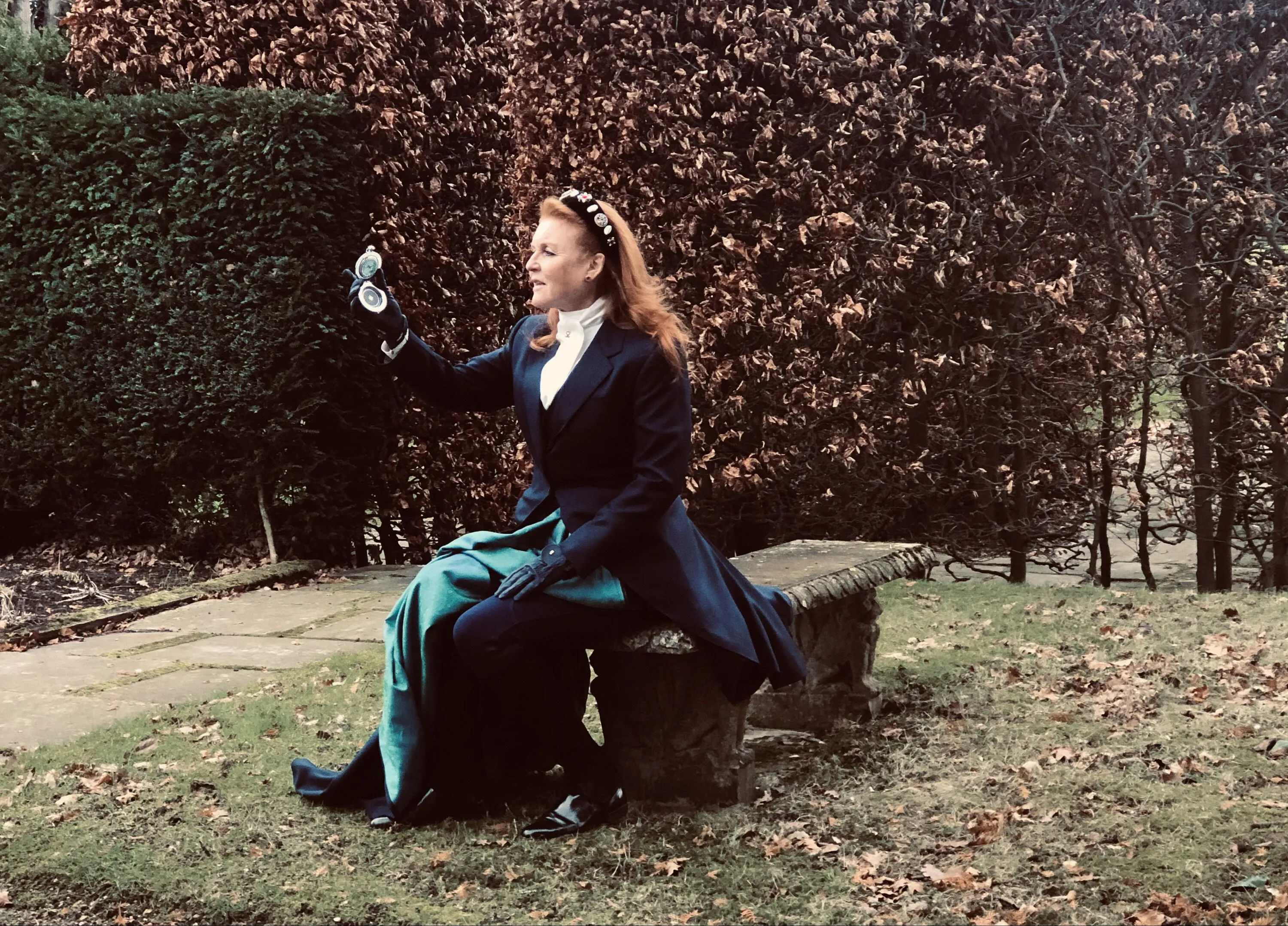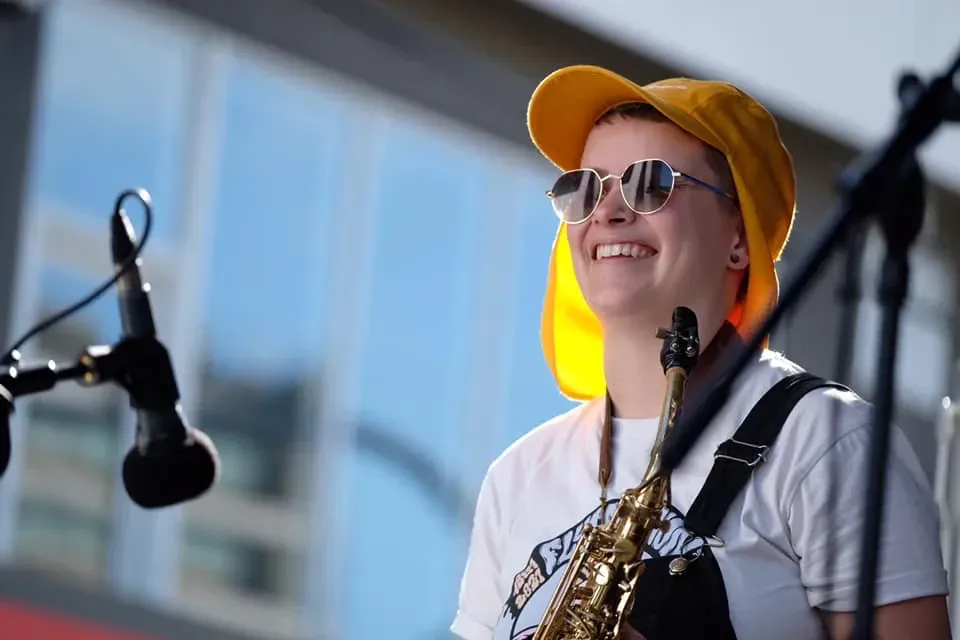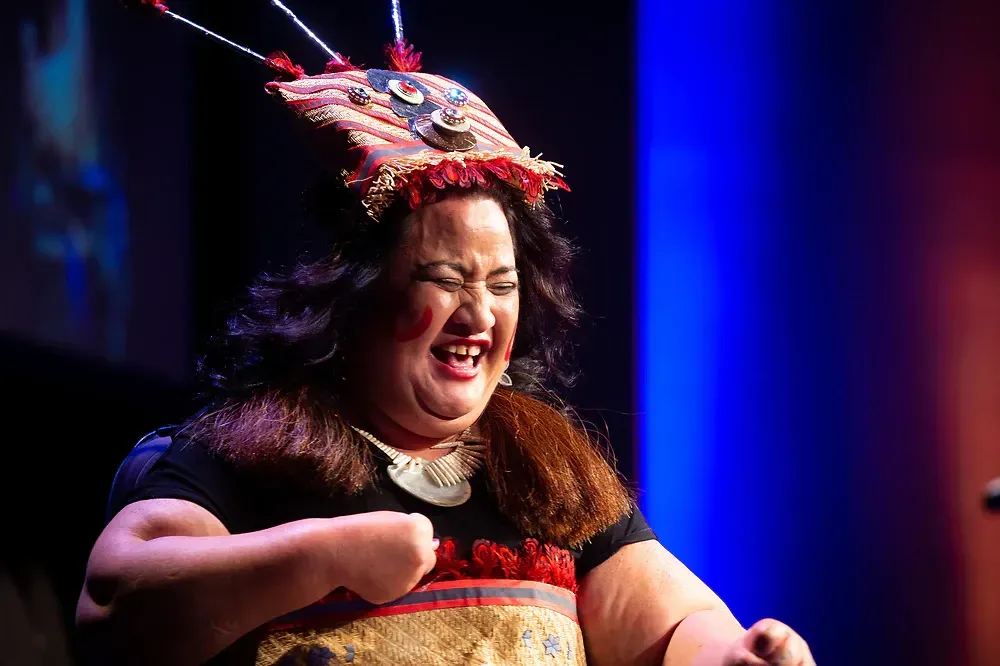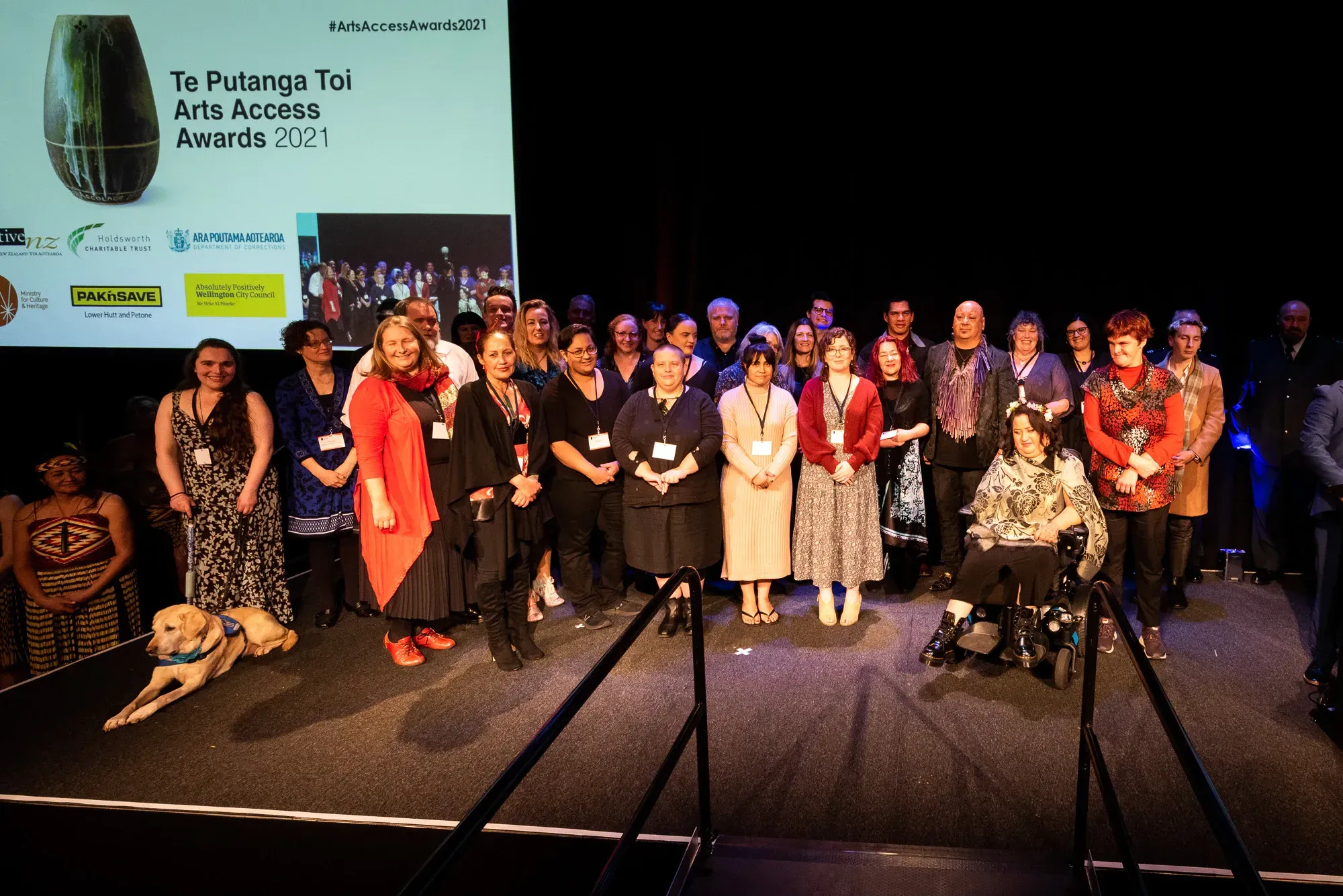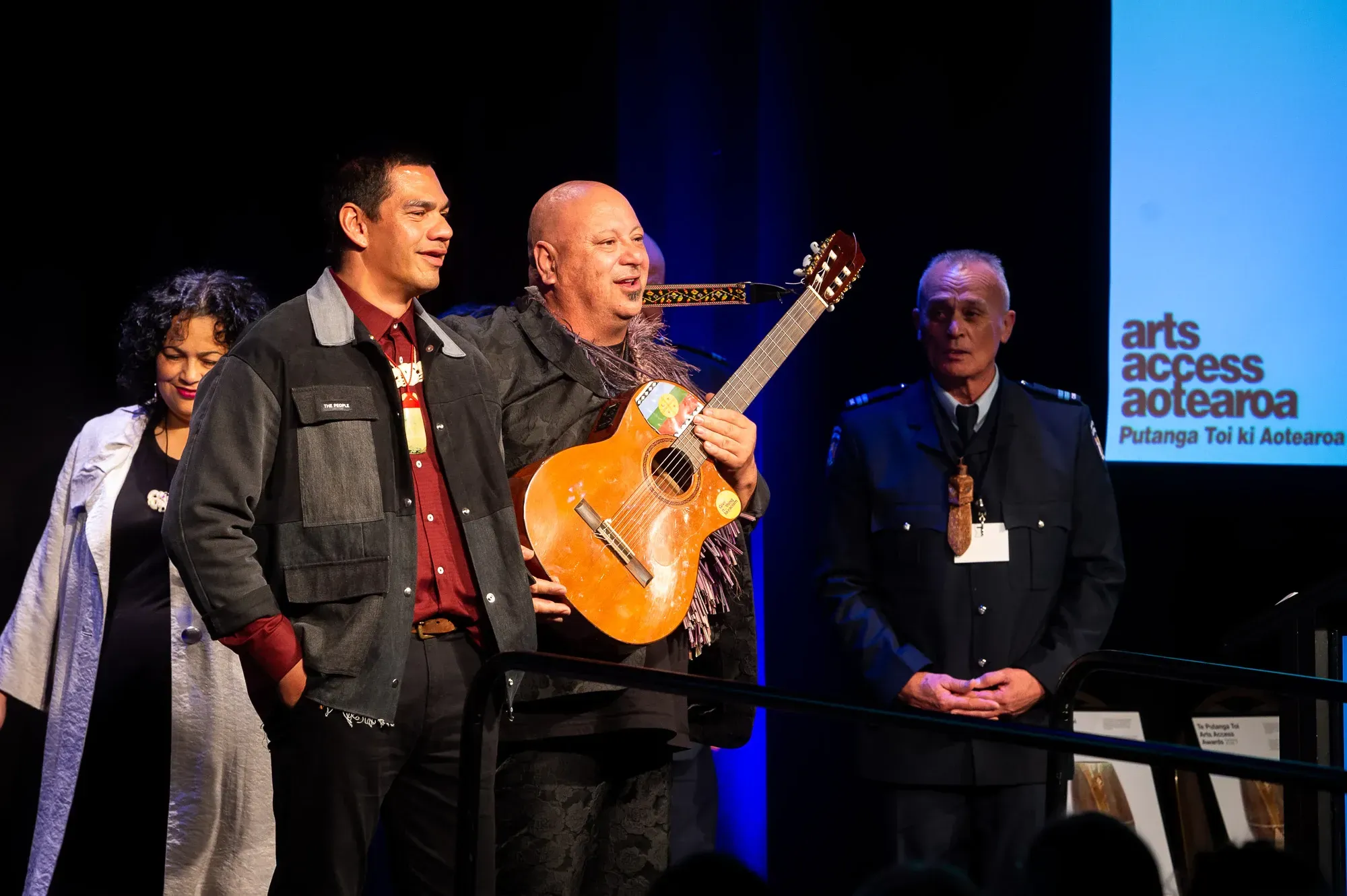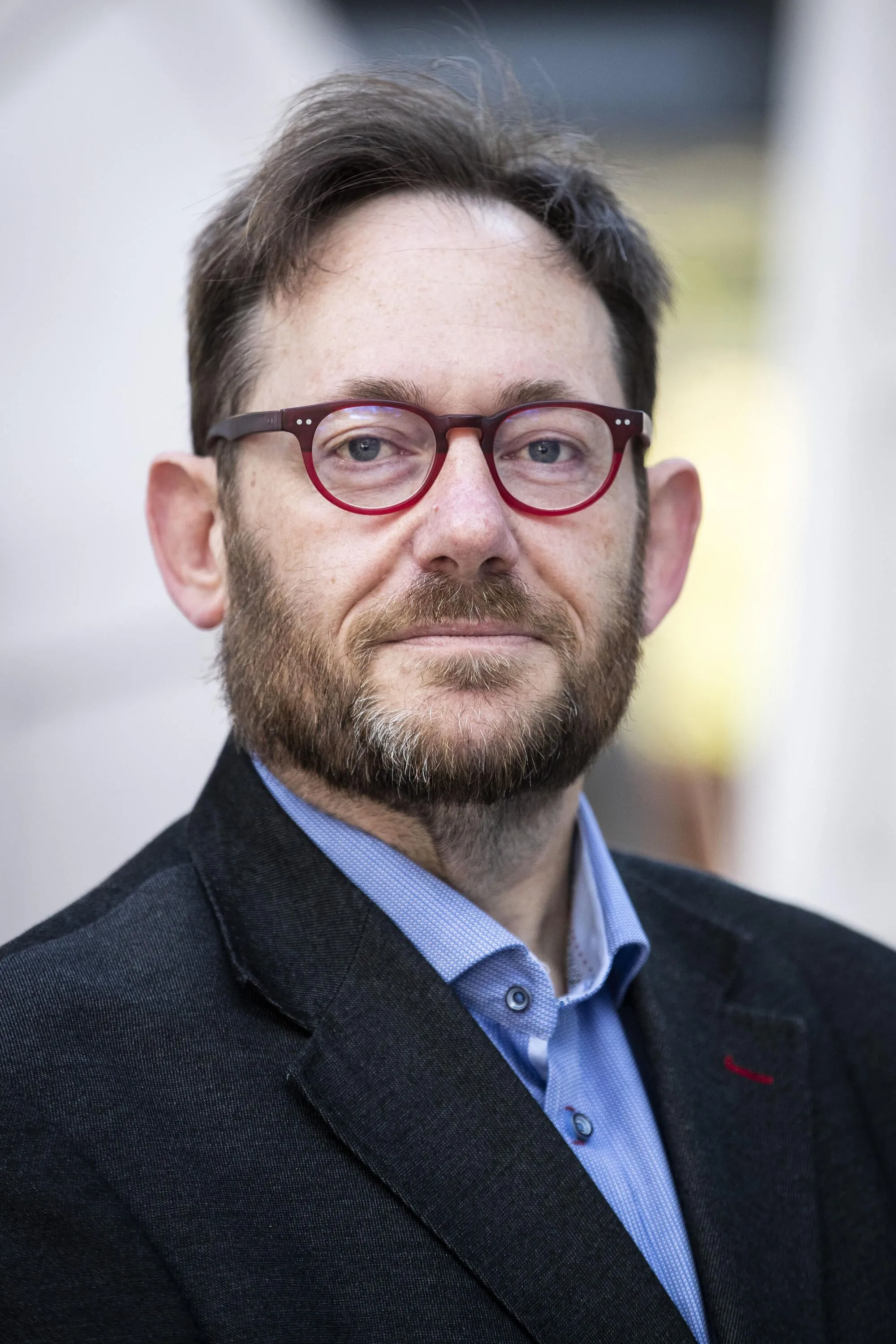‘The System is Broken’: Gaping Hole in Arts Diversity
Written by
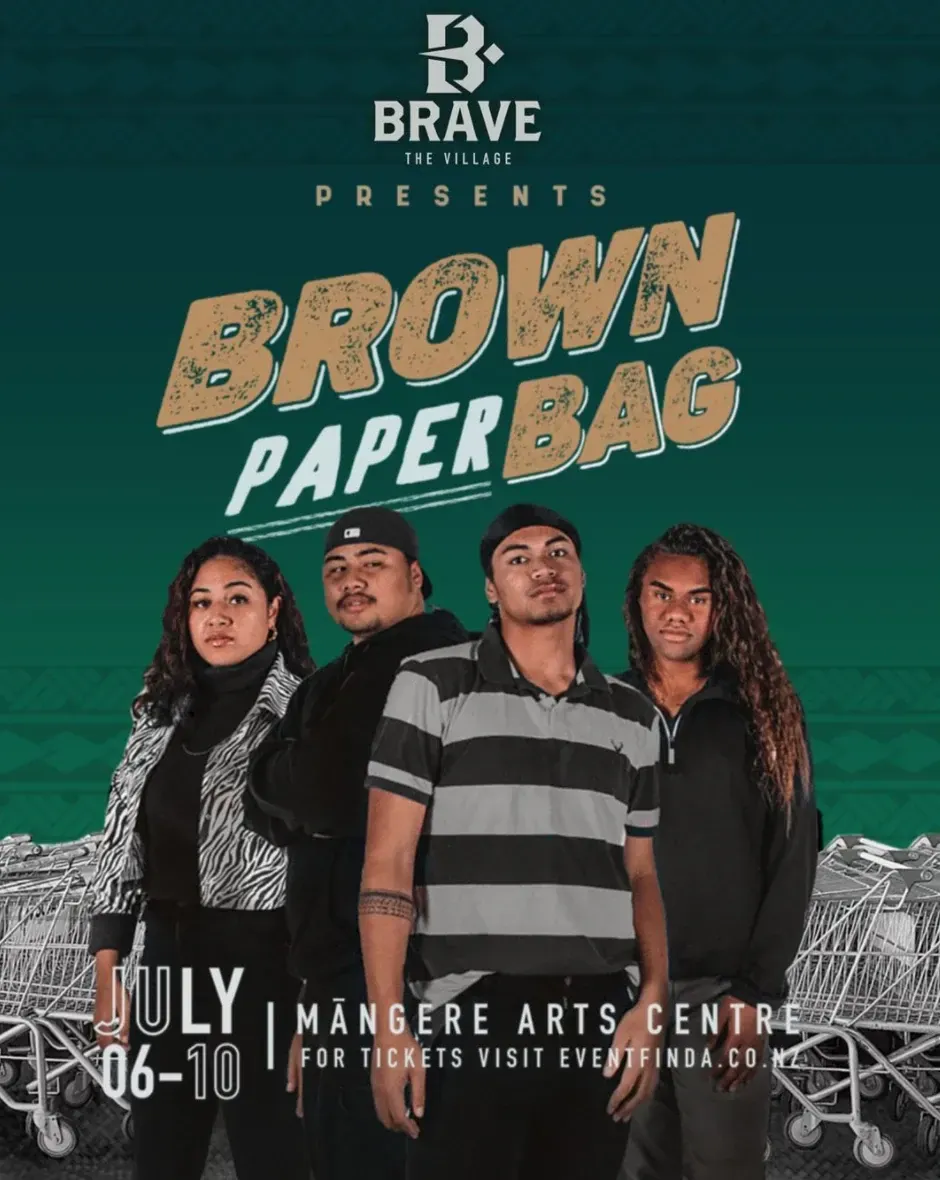
Representing all creeds, cultures and communities has become a central focus in the creative sector.
It is absolutely still a work in progress.
But there is no question that efforts are being made and issues are being raised to ensure those groups who have spent so long on the periphery get more opportunities to feel the warm embrace of the spotlight.
As it is in much of Aotearoa’s society, diversity has become a crucial word for the creative sector.
One phrase that is growing for underserved groups - including those with disabilities - is “nothing about us, without us.” It highlights the need for that group not just to be spoken to, but included in the conversation and decision making.
As Māori and Pasifika finally start to get the support they deserve to thrive - and some input into what that support looks like - there’s another group that’s sitting below the radar.
Youth.
There’s a growing concern that the only way young artists are getting to be part of setting the agenda is when they do it themselves. RNZ Pacific has cast a light on that with a thought-provoking story on Brown Paper Bag, a production at Māngere Arts Centre on until 10 July.
The concept was borne from a decision two months ago by production co-directors Michelle Johansson and Carmel-Maria Savaiinaea to “summon young Pasifika creatives together - and the next night - a group of 150 dancers, actors, and poets met in a University of Auckland study hall.”
It was the collective input that created the storyline for Brown Paper Bag - about identity struggles, social media wars and family tragedies - now being played out on stage. Their concept, on their terms.
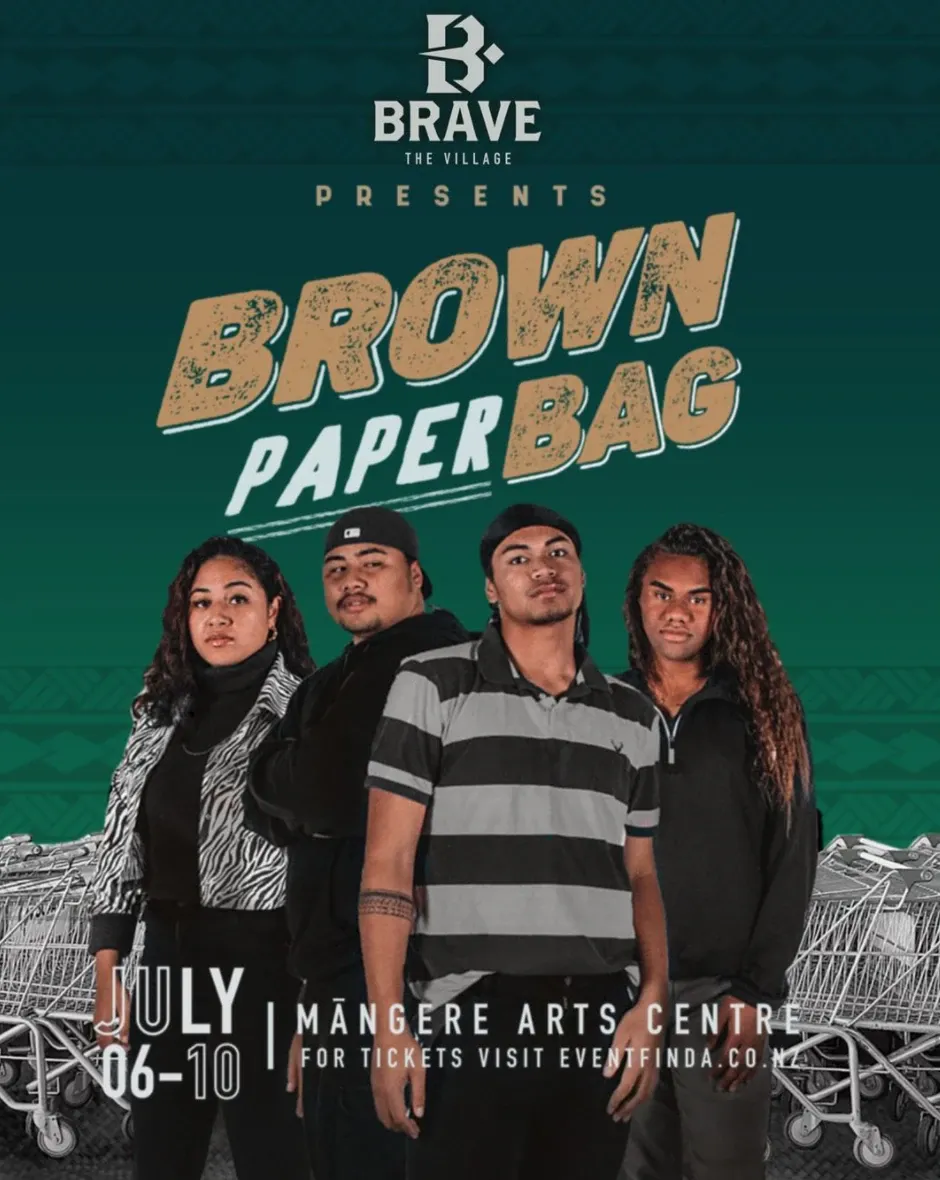
Photo: Lavelua Ma'afu.
Savaiinaea - also a trainee teacher at South Auckland’s Kia Aroha College - said Pasifika young people grow up to believe their voices aren't valuable, in which the production has helped them empower each other.
"I don't even know why it became a thing for just adults to take over everything and just sort of silence the voices of the young ones," she said, while stating her students are afraid their ideas and views on the world aren't good enough.
"I look at them and say 'when I look at you and I see that you're so defeated and you don't believe in yourself and you think that you have to wait to get to a certain age to do amazing things'...it breaks my heart - because you don't realise what you have yet."
Matthew Goldsworthy, CEO of Youth Arts NZ told The Lowdown taking young artist practitioners and groups seriously needs to start at the top. He points to Creative New Zealand’s recent New Zealanders and the Arts research as case in point.
"I don't even know why it became a thing for just adults to take over everything and just sort of silence the voices of the young ones."
“They classified young people as 10-14 and full adults are 15 plus - you are not a full adult at 15.
“For the Arts Council of Aotearoa to put out a research paper that fundamentally leaves off and doesn’t address the fact that there are developing artists in that 15-24 age bracket, classing them in the same category as people that are 65, it doesn’t make sense.
“It signals a huge lack of support or understanding. What that means for funding, for organisations like ours and other youth arts organisations, is that we don’t have the backing of our national arts development agency which is totally ridiculous.”
Ngā Rangatahi Toa Executive Director Huia O’Sullivan feels equally as passionate. NRT’s purpose is to support South Auckland youth to better themselves through creative endeavours, and she has grown sick of this age group being marginalised.
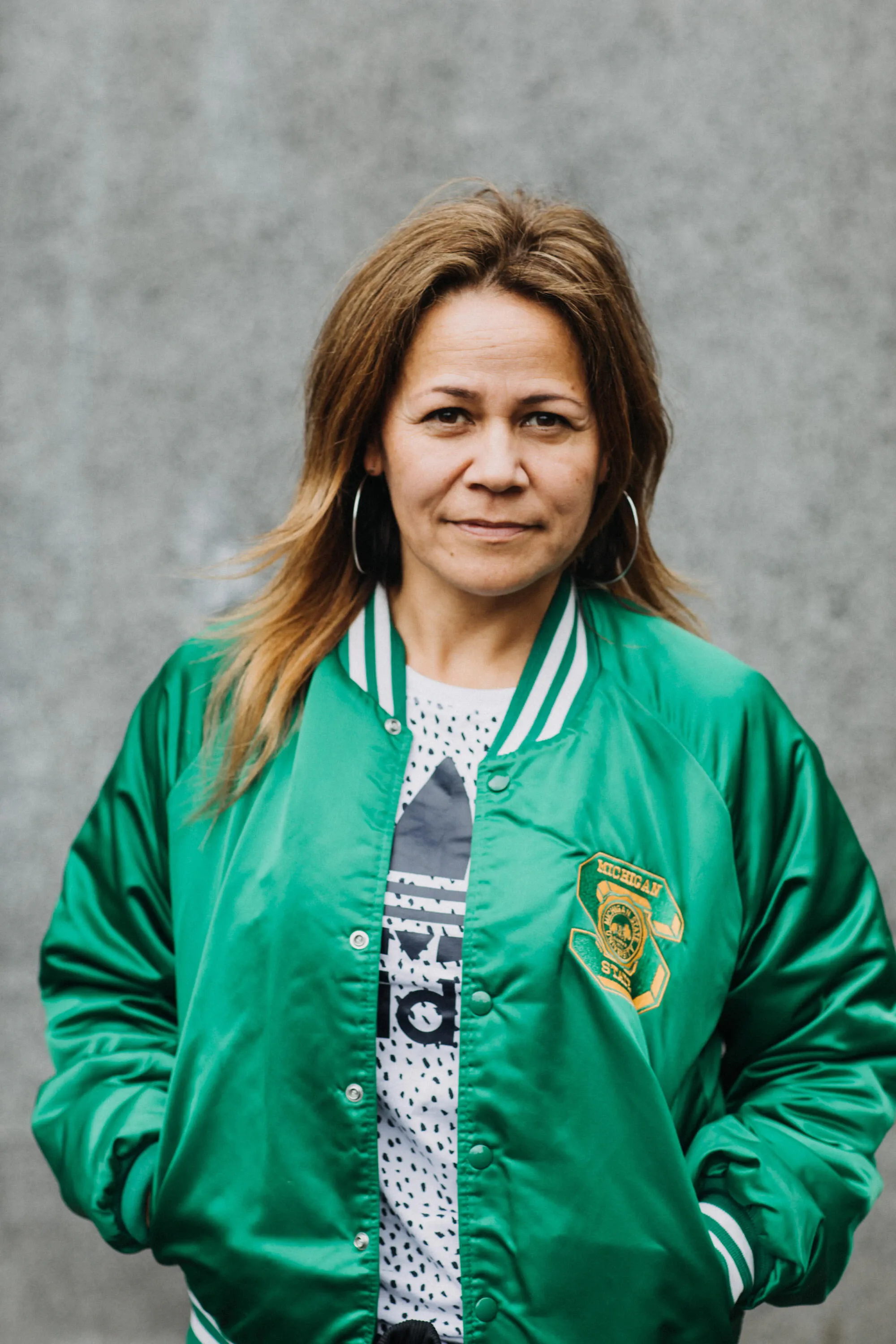
Huia O'Sullivan. Photo: Emily Raftery.
O’Sullivan told the Lowdown “Youth artists voices are definitely not heard, or financially supported to be heard, and lack sitting in positions of power such as governance to enable being heard or affecting the status quo.
“They most definitely care but possibly have found alternative methods to ensure they are heard, felt, seen via social media platforms. These platforms are more conducive to their audience and we, as the rest, need to catch up! They live, move, create and make in a digital world. If the pandemic has taught us one thing, it is that youth connect digitally and influence digitally.
“Funders need to reframe how they will capture this group, as it falls further from their grasp - it's a round hole square peg situation. We will continue to miss the richness and depth that young people invite us to if we continue to try and get them to fit in conventional funding models that are outdated.”
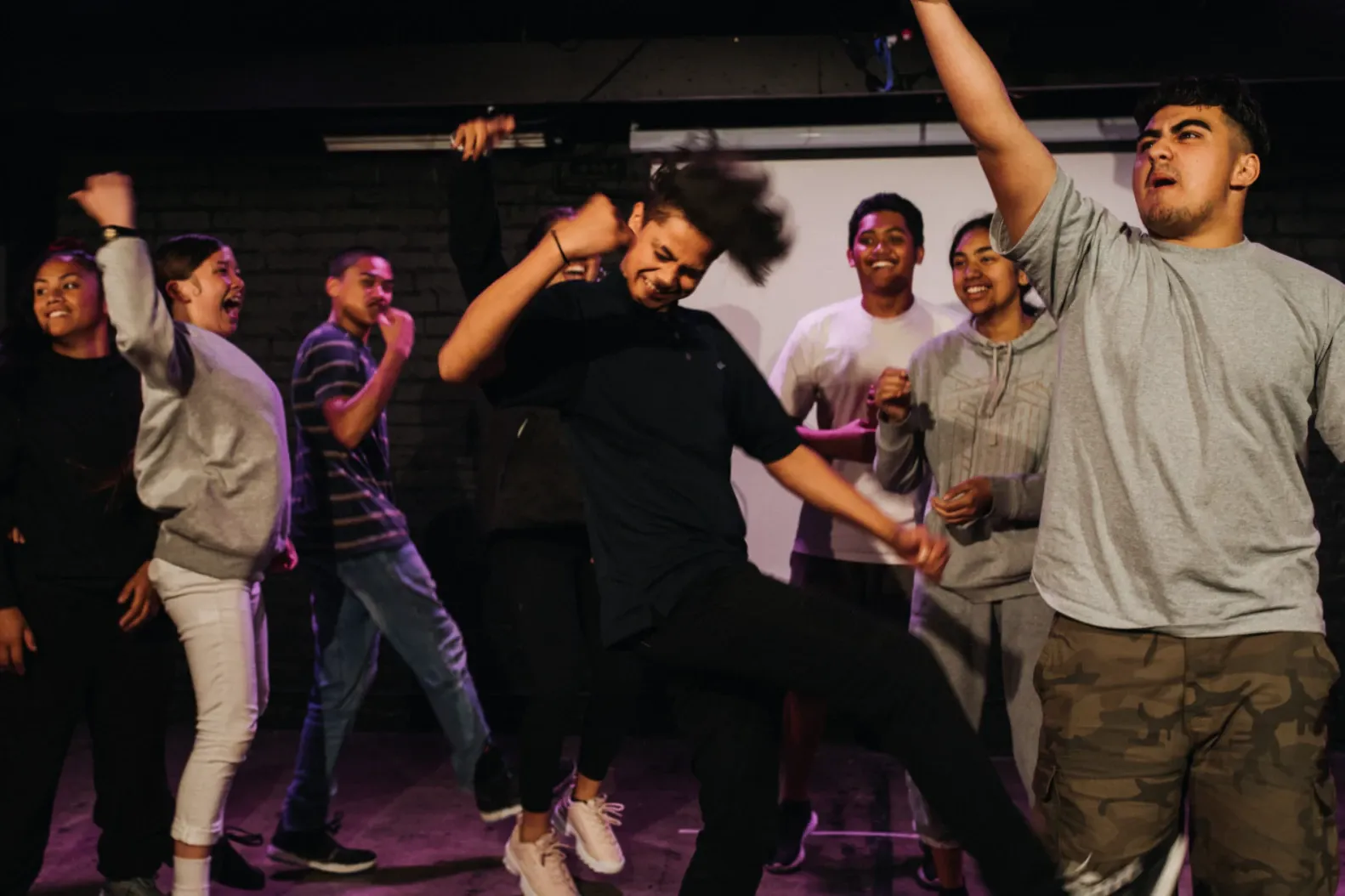
Ngā Rangatahi Toa youth rip in to their mahi. Photo: Emily Raftery.
That’s not to say there isn’t some incredible support out there to ensure young people are exposed to the arts and have creativity encouraged. The Creatives in Schools program is providing many positive stories of the input of artists for students, like this feature on dancer Alexandra Page’s influence at Rosehill College.
And the Timaru Herald has, well, heralded the return of Voice Youth Art Project exhibition at the Ara Institute of Technology campus this week after it was wiped out by COVID in 2020.
In Creative NZ’s latest arts grants, the Creative Collaborative were awarded $75,000 “towards testing a ‘by youth for youth’ creative framework, providing rangatahi with access to arts resources and arts engagement.”
But that’s the key - by youth, for youth.
Could you imagine the uproar - in 2021 - if there was a panel set up to decide on the needs of Māori that didn’t include a predominantly Māori voice?
But that’s exactly what happens in so many instances for young creatives.
Goldsworthy explains “I sit on the panel for Auckland’s Creative Community Scheme which has been a really interesting experience. I’d say about 95% of the youth initiatives that we receive applications from are from organisations that don’t have young people at the helm, don’t have youth leadership at any level of their organisation.
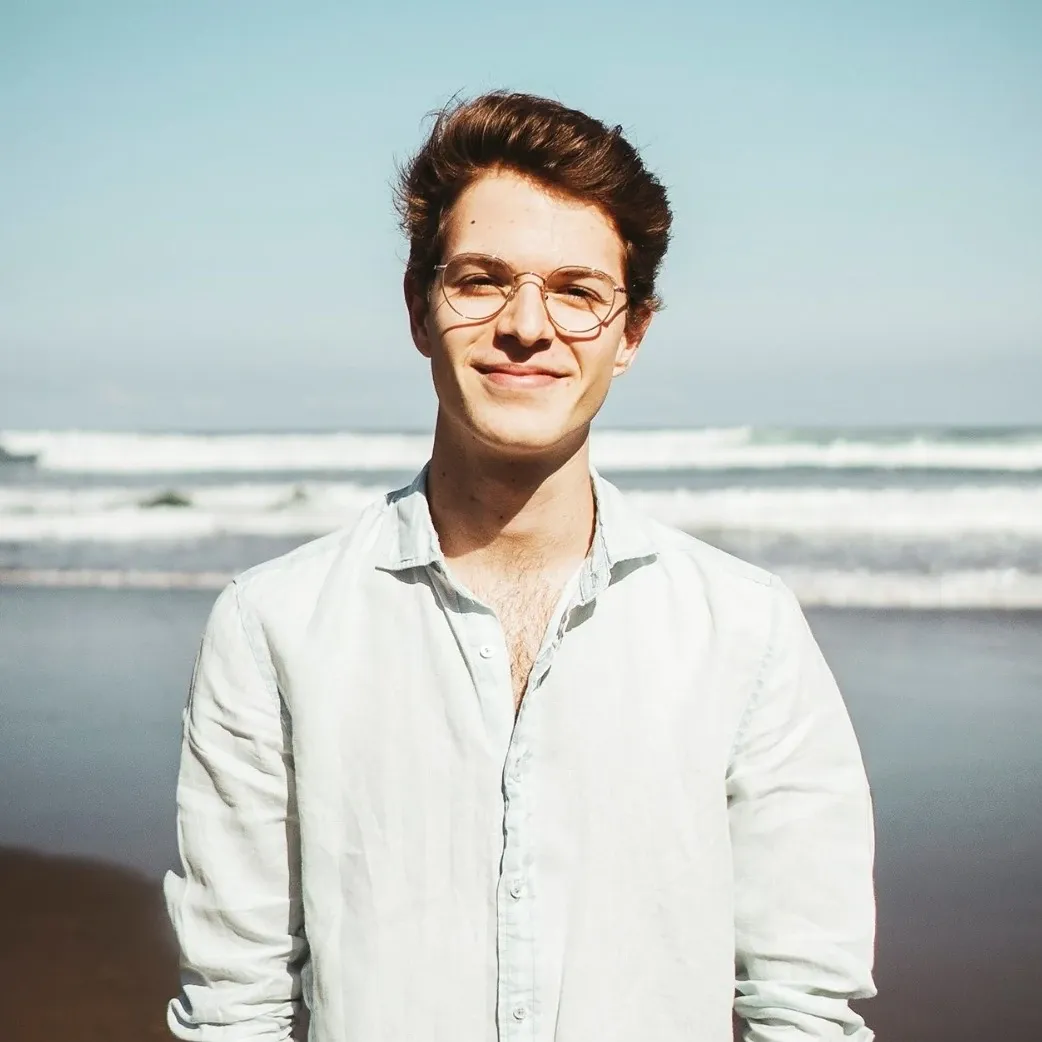
Matthew Goldsworthy. Photo: Supplied.
“That again is such a fundamental disservice to the role that young people play within organisations and there's such a gap between the leadership within the sector and young people. The work these leaders do is awesome, it’s just that the opportunities for young people to actually get involved at that level are extremely limited.”
Goldsworthy adds “it’s great that there are so many things out there for Māori or Pasifika people but there’s nothing for young people and it just feels like they’re totally being left out and left to their own devices.
“We work with young people all the time who just feel they’ve been completely alienated, completely pushed to the side and universities are just trying to make money off them rather than developing their career as artists.
“The system is broken, that much is clear.”
Essentially speaking, we need to create pathways for both young artists - and young arts leaders. There are plenty of youth-driven councils and organisations popping up, set up by youth sick of waiting for an invite to the table.
While that should be admired, it also needs to be fostered. Steps such as Foundation North enlisting Pasifika youth to help make decisions on funding in their communities is an example of how to bridge that gap.
All access
Another important section of the diversity community has been hitting some welcome headlines this week.
The incredible work done by those involved in the disability sector has been celebrated with this week’s Te Putanga Toi Arts Access Awards in Wellington.
Awards ceremonies are so often about winners and losers - but the vibe created by Arts Access Aotearoa is befitting their kaupapa. The recognition of those who have poured their hearts and souls into uplifting the lives of those with barriers of access to the arts never has to come at the expense of others.
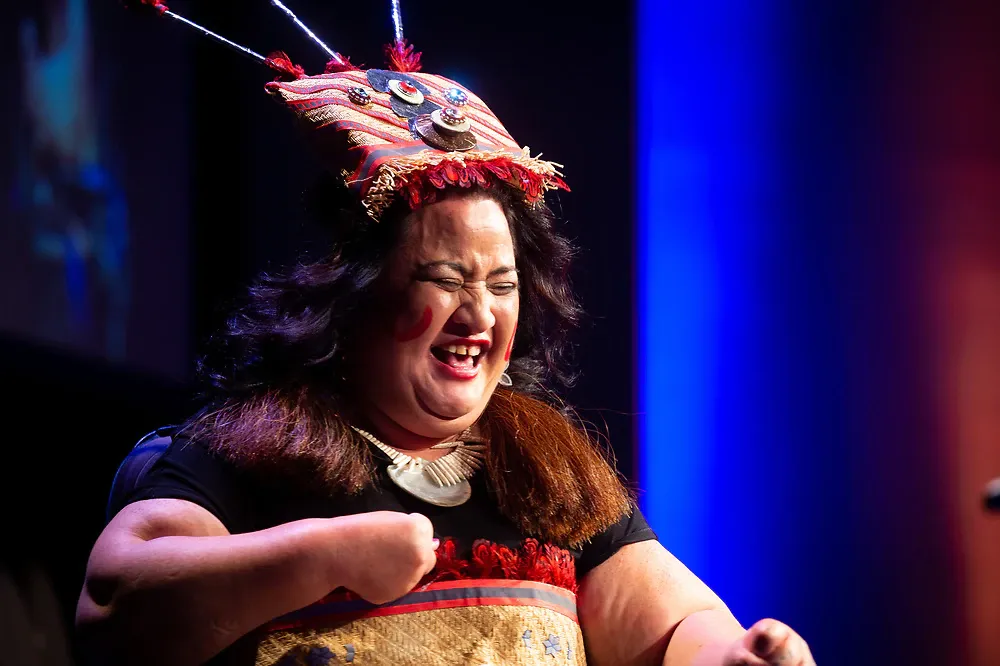
Lusi Faiva in action. Photo: Elias Rodriguez/marktantrum.com.
There were many special moments throughout the night - including a joyous performance from Lusi Faiva who received the Artistic Achievement Award for her contribution to dance and the disabled community.
One of the highlights in recent years has been the mahi done by those to bring arts and culture into Aotearoa’s prisons, trying to use creative outlets to change lives.
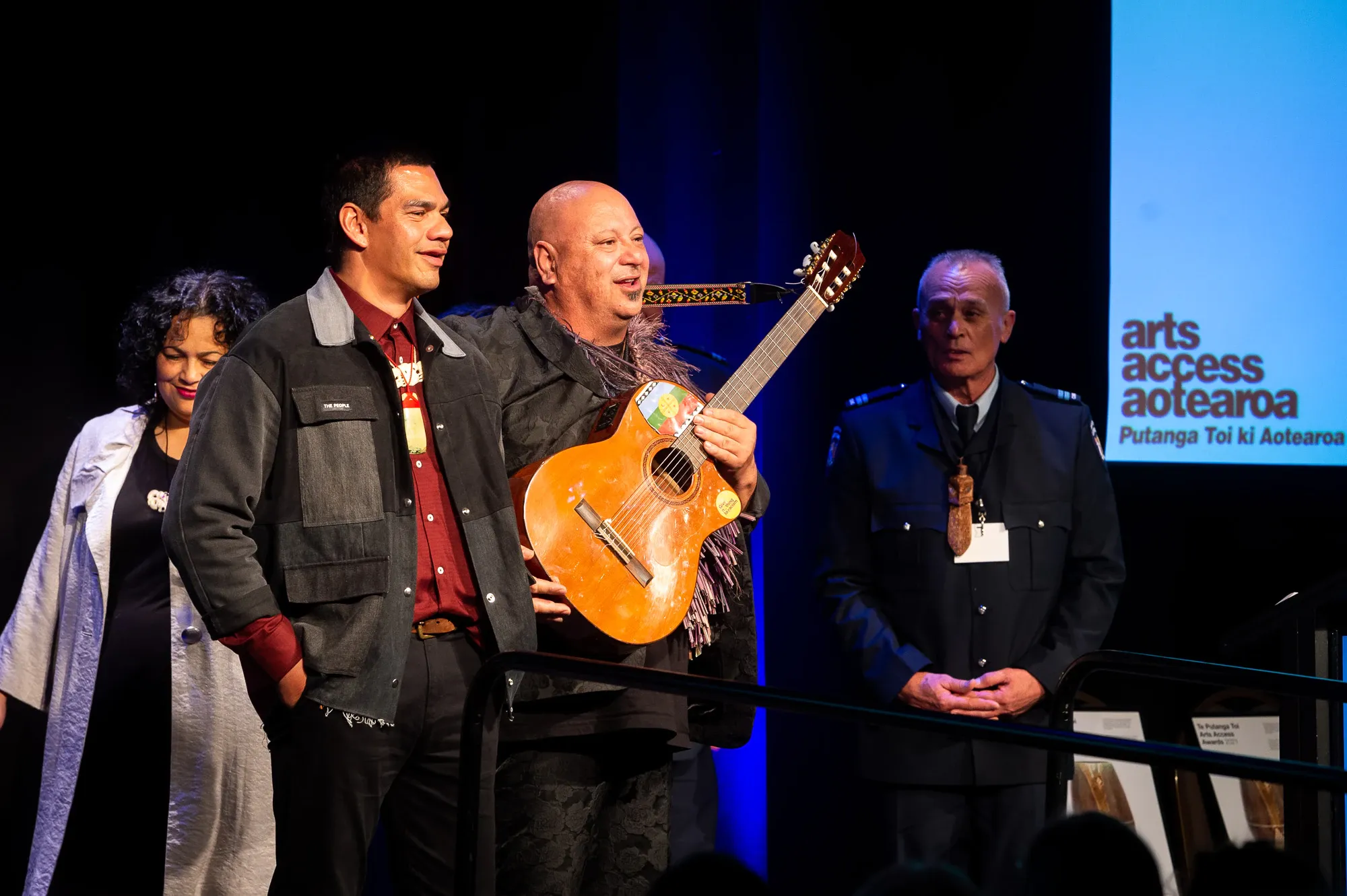
Photo: Elias Rodriguez/marktantrum.com.
Hawke’s Bay Regional Prison can boast to be the most artistic correctional facility in the country right now. Principal advisors Lawrence Ereatara and Hone Fletcher (above) were honoured with the Arts Access Accolade for their new Māori Pathways programme which champions prisoner rehabilitation and community reintegration through the use of tikanga and toi Māori.
They were in good company with Tipene Rangihuna (known as Pāpā T), Kyle Ellison and Pirika Taepa also winning awards for their work at the prison.
Dom Post and Stuff arts reporter Andre Chumko was also deservedly honoured for his work in bringing arts accessibility issues to a mainstream audience, check out the rest of the winners here.
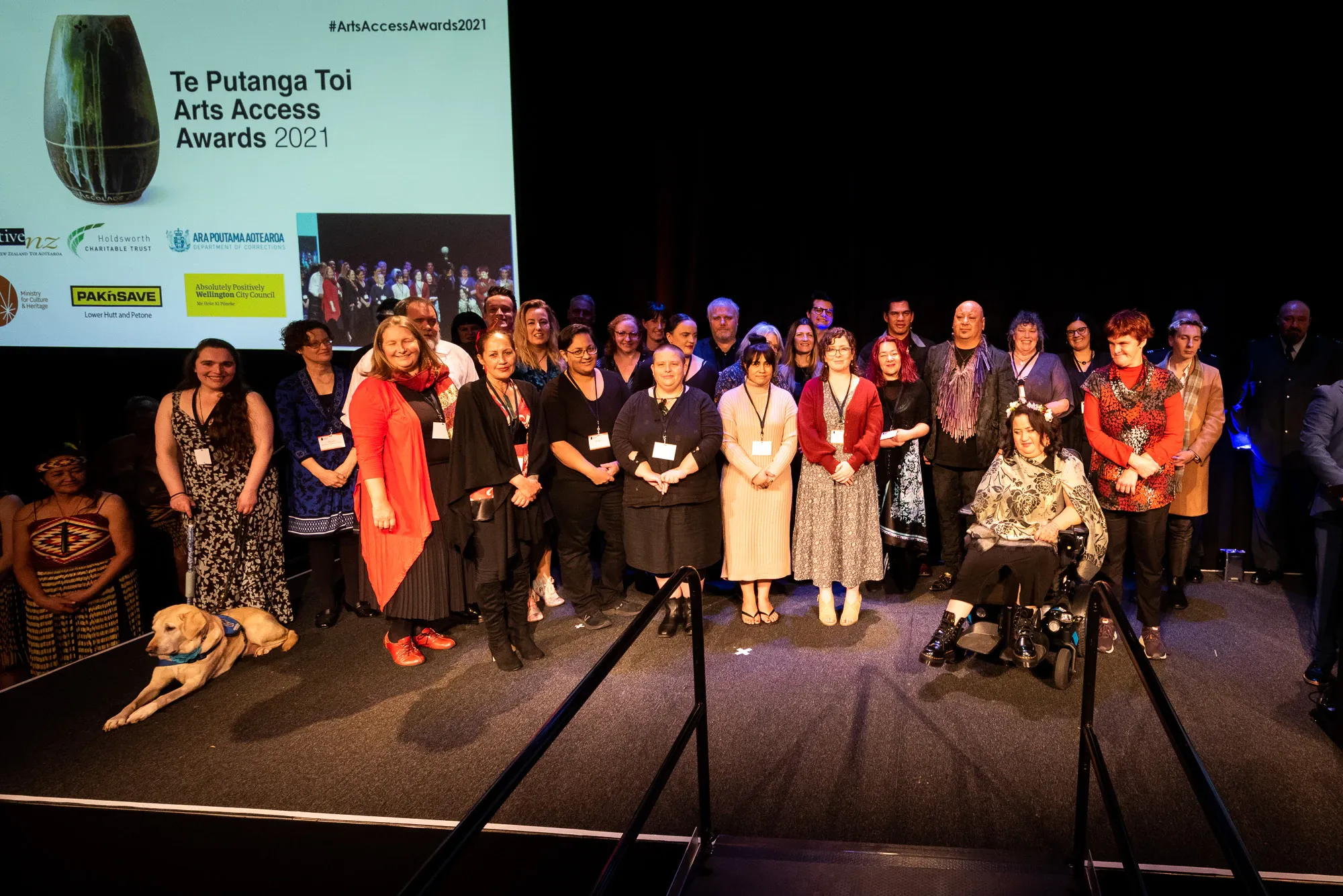
Arts Access Awards 2021 winners and highly commended together on stage. Photo: Elias Rodriguez/marktantrum.com.
More than words
Helen Clark and the Duchess of York - not the first two names you’d expect to see on a list of speakers at a literary festival.
But they’re sure to be well attended when Word Christchurch returns in August. The 2021 Festival Programme - as the event transforms from being biennial to annual - has been released this week, and there are the local heavy-hitters you’d expect for such a well-established stop on our literary circuit, as covered in The Christchurch Press.
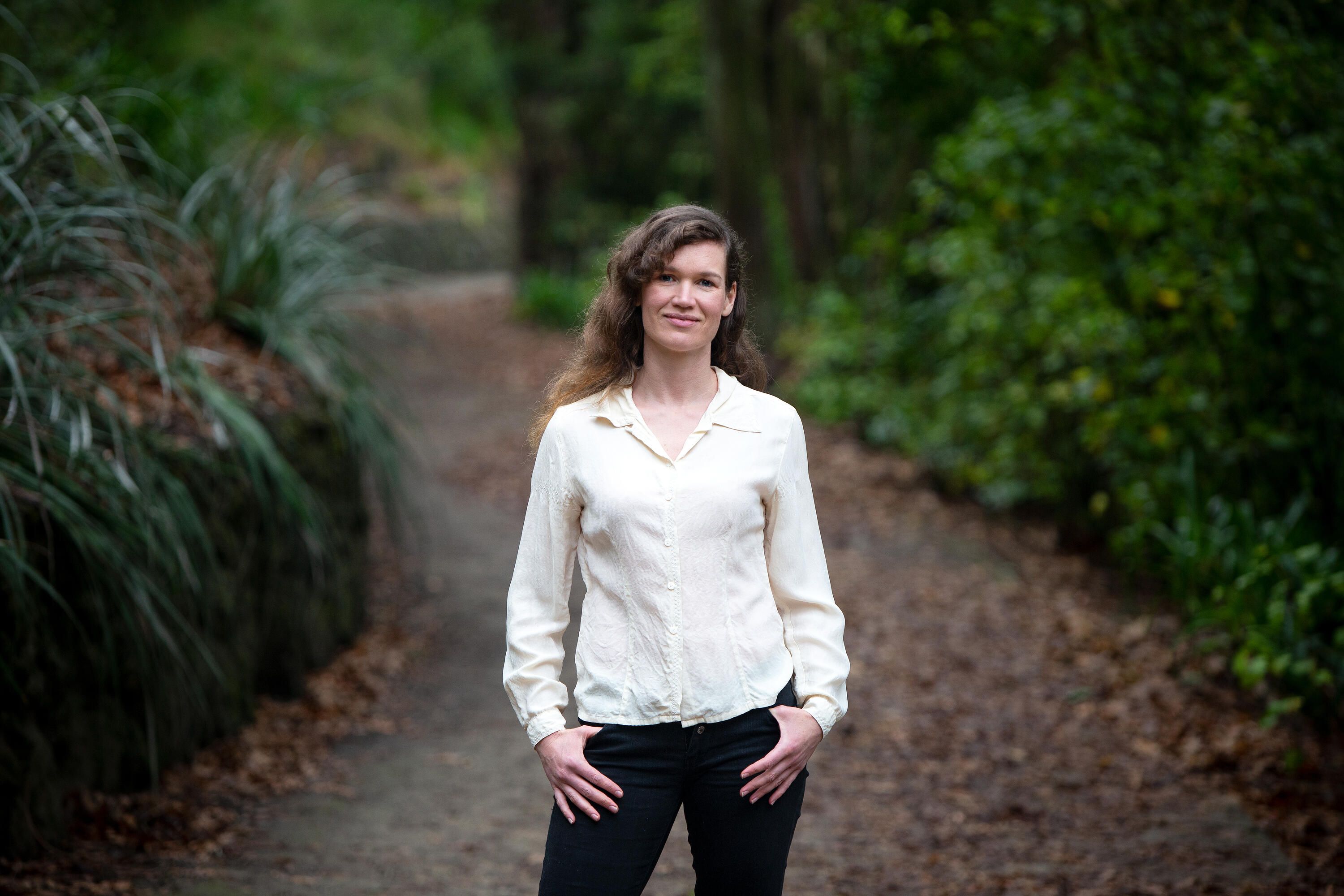
Airini Beautrais. Photo: Tracey Grant.
New Ockham Book Award winners Airini Beautrais and Tusiata Avia and the revered Patricia Grace feature on the list - with the festival committed to getting beyond the book in ways it hasn’t before.
Clark will be the headline act tackling global talking points in her work as co-chair of the Independent Panel for Pandemic Preparedness and Response, while things should be somewhat lighter with former British Royal headliner Sarah Ferguson via satellite to discuss her romance novel based on her own life and of her ancestor.
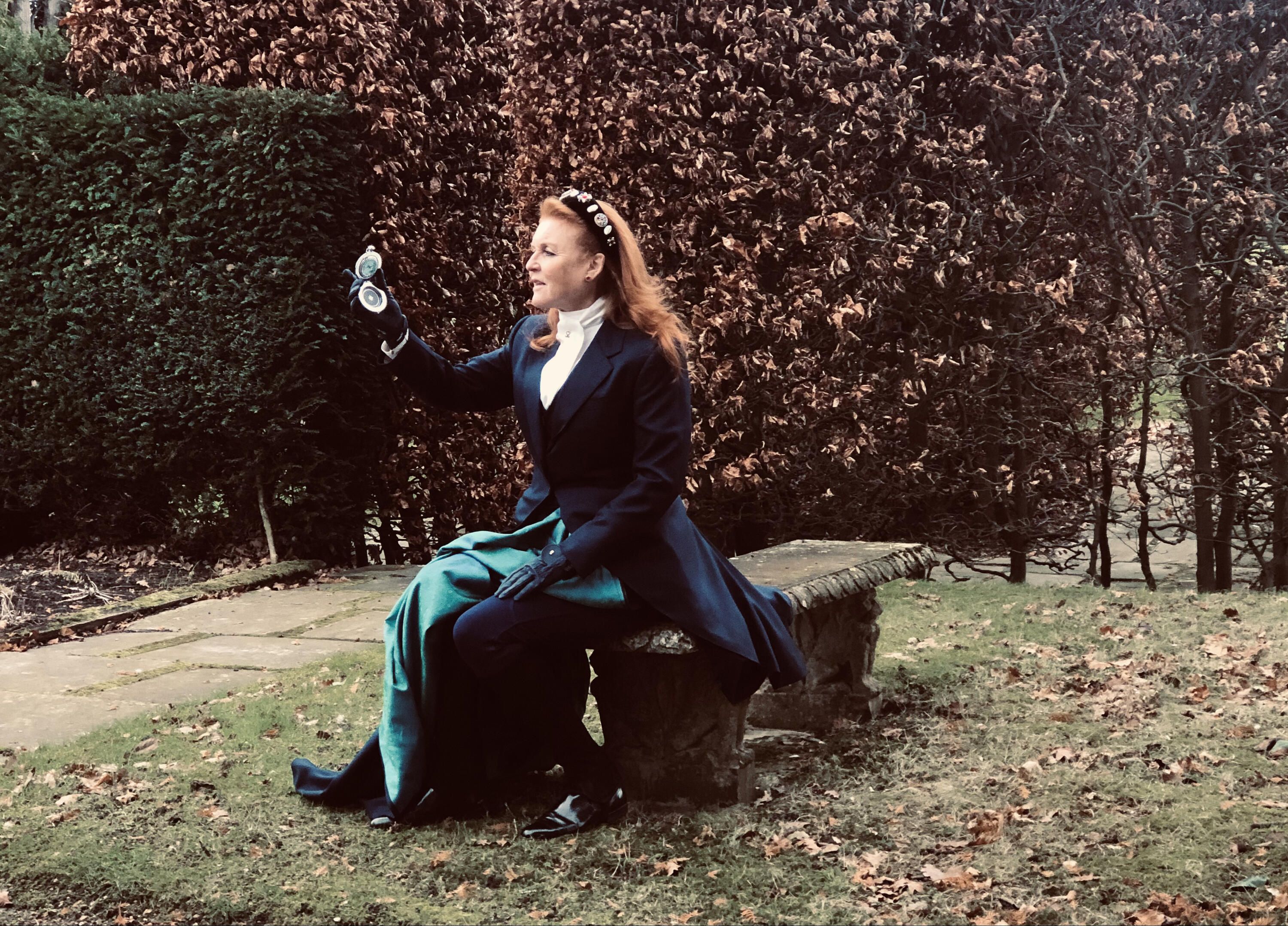
Sarah Ferguson aka Fergie. Photo: Supplied/Word Christchurch.
You can check out the programme here.
New creative direction
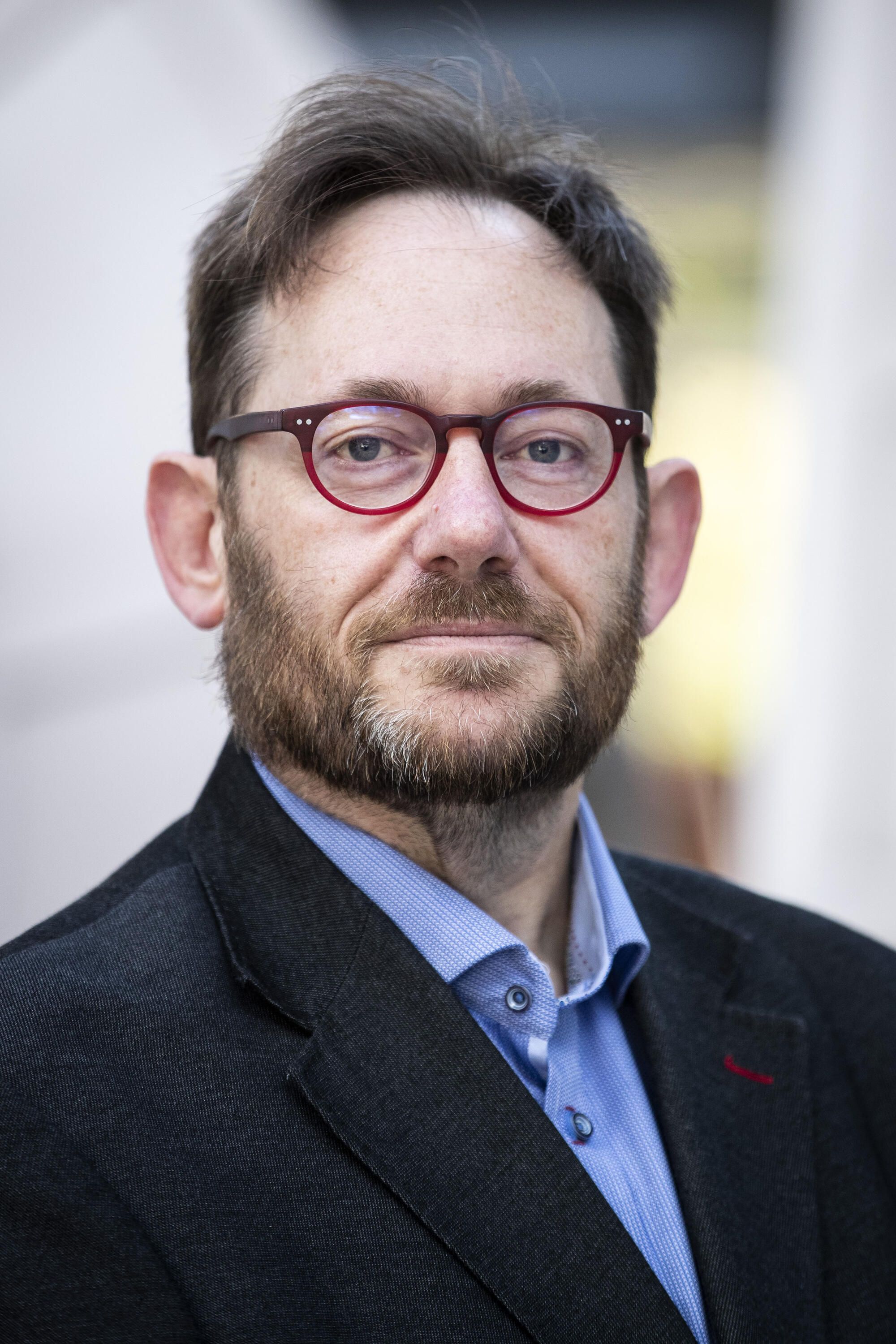
Jonathan Bielski. Photo: NZ Herald.
With Auckland Theatre Company’s The Life of Galileo in full swing, it signals the beginning of the end for Colin McColl’s time as Creative Director.
His departure at the end of the 2021 season will be covered by Jonathan Bielski, announced as the Company’s new Artistic Director & CEO.
The appointment is for a fixed term of five years and the CEO role is one that Bielski has held since 2019. His extensive CV includes a long stint in key positions at the Sydney Opera House, as well as Artistic Director of Auckland Arts Festival.
ATC Chair Vivien Sutherland Bridgwater stated “Jonathan pitched a new way of leading the Company the Board considered apt for our times.”
When asked by The Lowdown what his pitch involved, Bielski replied “My proposal to the Board centred on artistic commitments, which I am thrilled they endorsed.
“It included appointing a team of Artistic Associates to collaborate with me on the artistic leadership of the Company; theatre artists who will bring perspectives, connections to communities, creative capabilities and knowledge in contrast to my own.
“I also aim to stitch Te Tiriti o Waitangi, te reo Māori and mātauranga Māori into the DNA of ATC, to grow our programme to create more work for the theatre sector and more opportunities for Auckland audiences to see compelling stories on stage.
“We will also seek to embrace new partnerships with other companies and artists whose practice and viewpoints enrich the ATC stage with fresh ideas and bring new viewpoints.”
Bielski’s first creative touches will be publicly visible when ATC announces its programme for 2022.
Costly decisions
Publicly owned buildings and who’s in them has been getting a bit of attention this week - and for once Wellington’s cultural collection isn’t on the list.
The budget blowout for Rotorua’s Sir Howard Morrison Performing Arts Centre isn’t exactly insignificant - with The Rotorua Daily Post reporting an additional $11.1 million was approved by the local council in a confidential meeting last month.
All up, the project has gone from costing $17.9 million when the budget was set four years ago to $33.7 million - as the building was in a poorer state than expected. It’s also meant that the opening date has been pushed back two months to June 2022.
Sir Howard’s performer son Howie Morrison Jr is "over the moon" the council had contributed more money to the iconic building and stated in the past, touring shows would "give Rotorua a wide berth" because the centre didn't have the required equipment.
"It makes sense. We've got to live up to the name Rotovegas."
Another creative venue further north is causing concern for some locals, with the Māngere Arts Centre the centre of debate on The Spinoff. The restructure to bring art centre and library staff under the same umbrella and interchangeable in their location.
The potential reduction in arts expertise at the Arts Centre has been questioned - with Ōtara artist/curator Ema Tavola of Vunilagi Vou saying “this feels like an even greater lessening of the presence of arts at the Māngere Arts Centre. It’s not to say the library staff couldn’t be great, but it just makes it more generic.”
And it’s not often an institution is the one referring to itself as scandalous, but that’s exactly how the Whanganui Regional Museum has labelled itself for not having a Māori curator, a need those working there see as more pressing than ever in the region. The Ministry of Culture and Heritage’s new Pou Hītori Māori Matua Senior Māori Historian Matariki Williams addressed the topic with RNZ.
Bright future
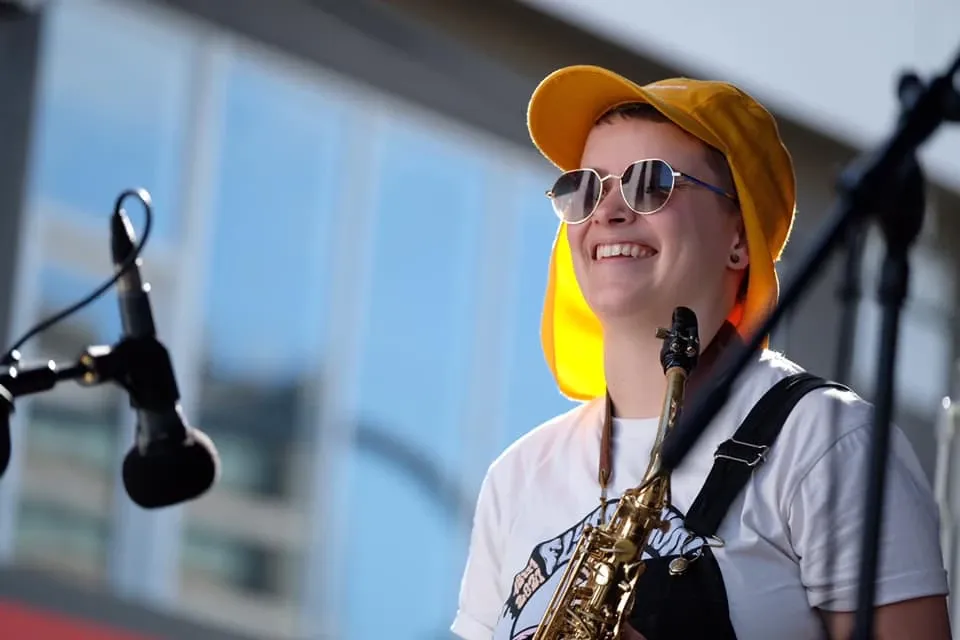
Eilish Wilson. Photo: Supplied.
New Zealand artists pursuing their dreams overseas has always been a challenge - there has to be a downside to living at the bottom of the planet, I guess.
But in this day and age - it’s even trickier. Awards to further the studies of promising Kiwis certainly help.
Nelson saxophonist Eilish Wilson has been announced as one of the 11 Fulbright NZ General Graduate Award recipients - and will later this year head to Los Angeles to complete a Master of Fine Arts at CalArts.
Eilish already has a Bachelor of Music (Hons First Class) at Te Kōkī, New Zealand School of Music Victoria University/Massey University under her belt.
Applications for the next batch of scholarships are open now, click here for details.
